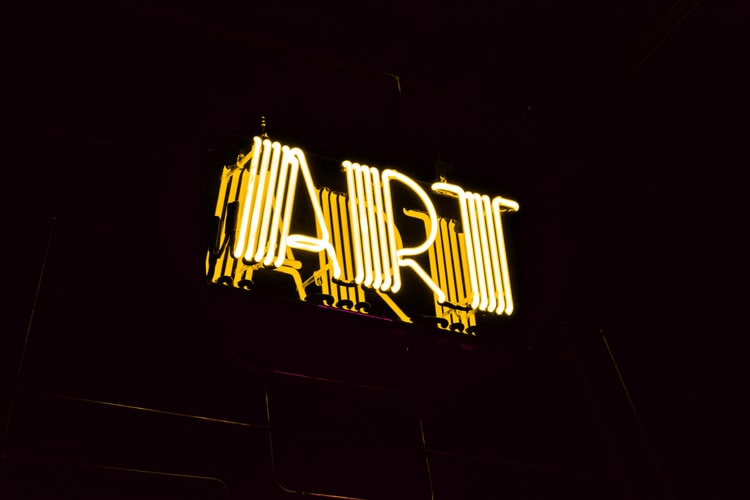The Blurring Lines Between Art and Advertising
Recall the world without the internet; the world without online shopping; the world living in simplistic nature and pleasures. The long stretch of what the digital world has to offer to humanity somehow made our minuscule attention even smaller than it already is.
The endless series of advertising campaigns you get to stumble upon whilst scrolling your Instagram or Facebook newsfeed tend to give us more and more options for the products we are opting for. The first minute you are looking at a beautifully packaged lip balm and the next thing you know you are browsing through an Instagram page that sells all organic beauty products. The options are endless.
But what it is that really grabs your hummingbird-like attention? Is it the striking art marketing experts strategically created to capture your eyes or, the engaging campaign they carefully formulated to tap you personally?
The blurring line between art and advertising created a blueprint that birth visual marketing. Using arresting images is one way to catch one’s eye that works perfectly well in the intangible world of the internet. Hence, art and advertising may belong to a completely disparate entity, but they sure work best together in the world of digital marketing.
The Power of Visual Marketing
An appealing video can increase the chance of purchase by up to 80%. Time and time again, visual advertising works directly and indirectly. It is in our nature to follow what our eyes find fascinating. Looking closely at the product you kind of want to have before seeing it increases the chance of you actually buying it.
The poignant power of visual marketing to consumers set a norm for marketers to focus on strategic product placement. In the early 20th century, brands connect with filmmakers to smartly place their product during a certain scene in the film.
Advertising in Films
Watching an 80s romantic comedy movie takes you back to the time when having breakfast together was a part of every household’s morning routine. A mother having her usual morning coffee while cooking perfectly moist scrambled eggs and crispy bacon for the husband who is always late for work while the kids are patiently waiting for their milk and cereal to get poured on their big ceramic bowls. The way the production set positioned the cereal box right in front of the kids is one strategy to subtly promote the cereal product.
Such a strategy is more effective than actually making an ad and air it in between shows; it is more expensive and less effective. Advertisements typically disrupt the viewing experience of the consumers and they tend to get ignored in contrast to strategically placing a product within a film like spotting Shia LaBeouf’s Nike sneakers while being chased by bad guys in a featured debut film “The Necessary Death of Charlie Countryman”. The bottom line, a film, a music video, and the likes are art forms utilised by brands to strategically but subtly place their product in a way that strikes the audience.
The Era of Shoppable Videos
Shopping online is now made easy by shoppable videos. Posters, videos, and posts of products promoted by the page or an influencer deliver the same shopping experience browsing a physical shop. A simple “swipe up” on your device will lead you straight to the product that is being sold. It’s no longer an advertisement but an upscaled direct selling strategy.
Such a convenience given to consumers boosted sales conversion. Shoppable videos significantly increased the brand’s ROI. An appealing poster or video paired with engaging content is now the standard social media promotion.
Shoppable videos killed the traditional advertising schemes. Although it still exists to some people in some parts of the world, nonetheless, the new generation that makes up most of the population and the target market of modern marketing are keen followers of shoppable videos. It made selling and buying a few clicks away.
Art and advertising is an amalgam that altered the face of marketing. It brought it a new wave of advertising wherein consumers have a choice whether or not to watch an ad or skip it. It gives advertisers and customers the freedom to do as they wish online without the dismay of being forced to watch an excruciating two-minute promotion or having to pay an ample amount of money to air a short-lived ad.
The digital world truly is an amazing platform bursting with creativity, strategies, and diversity. It is a new breed of culture quite unimaginable decades ago. Now, imagine the world before the invisible strings of connections amongst all humans; seems like a far fetched era many of this generation can no longer grasp.



